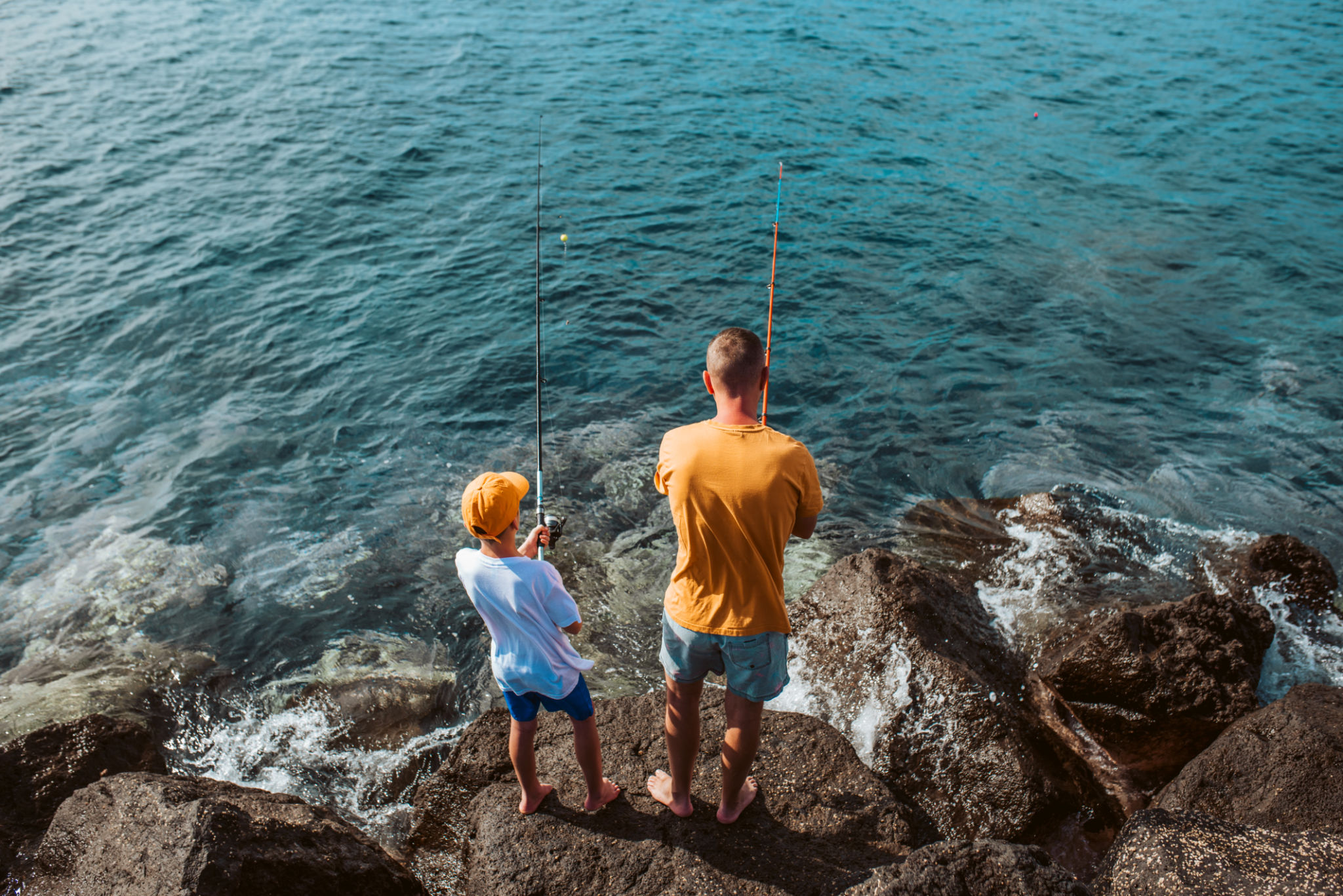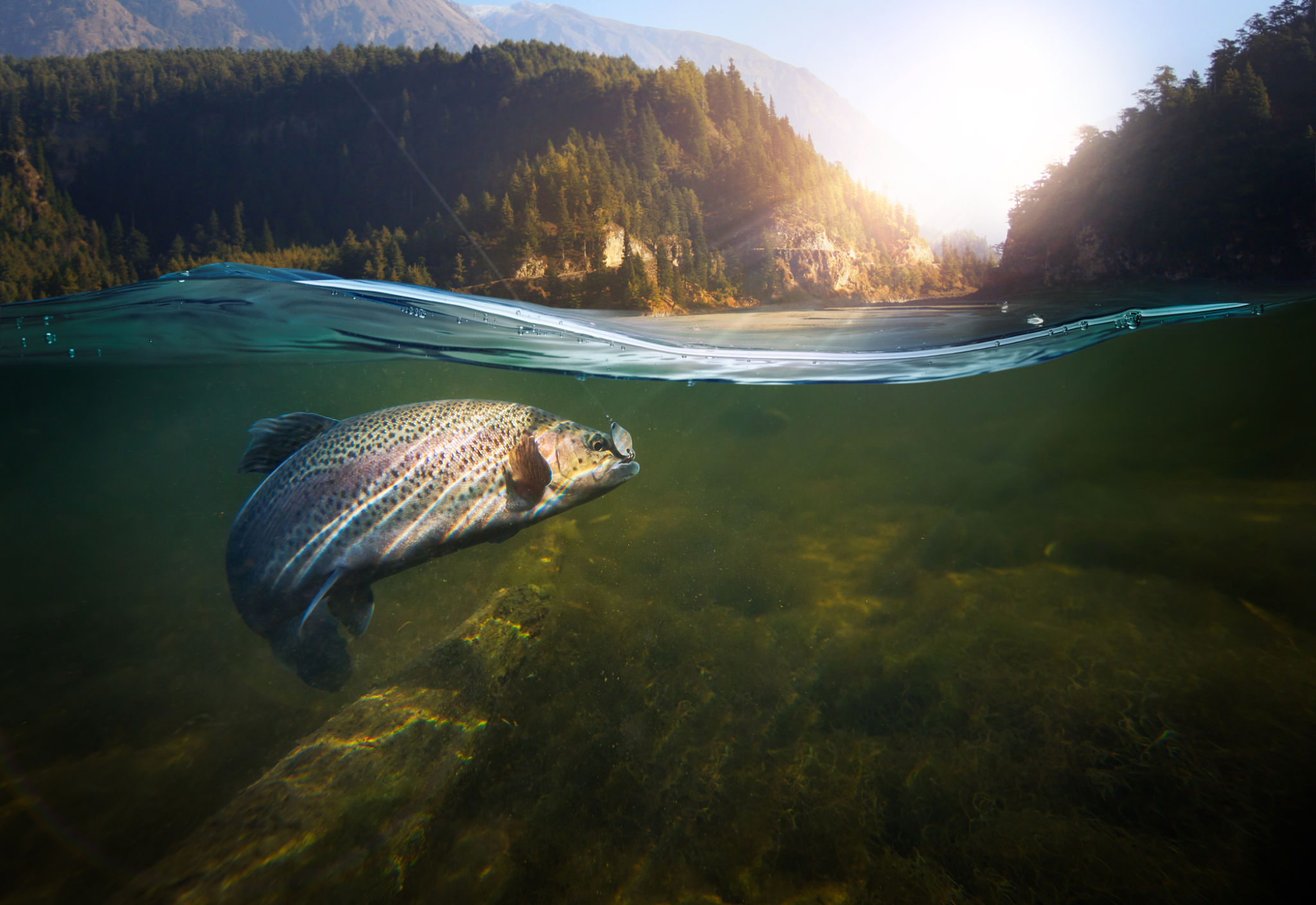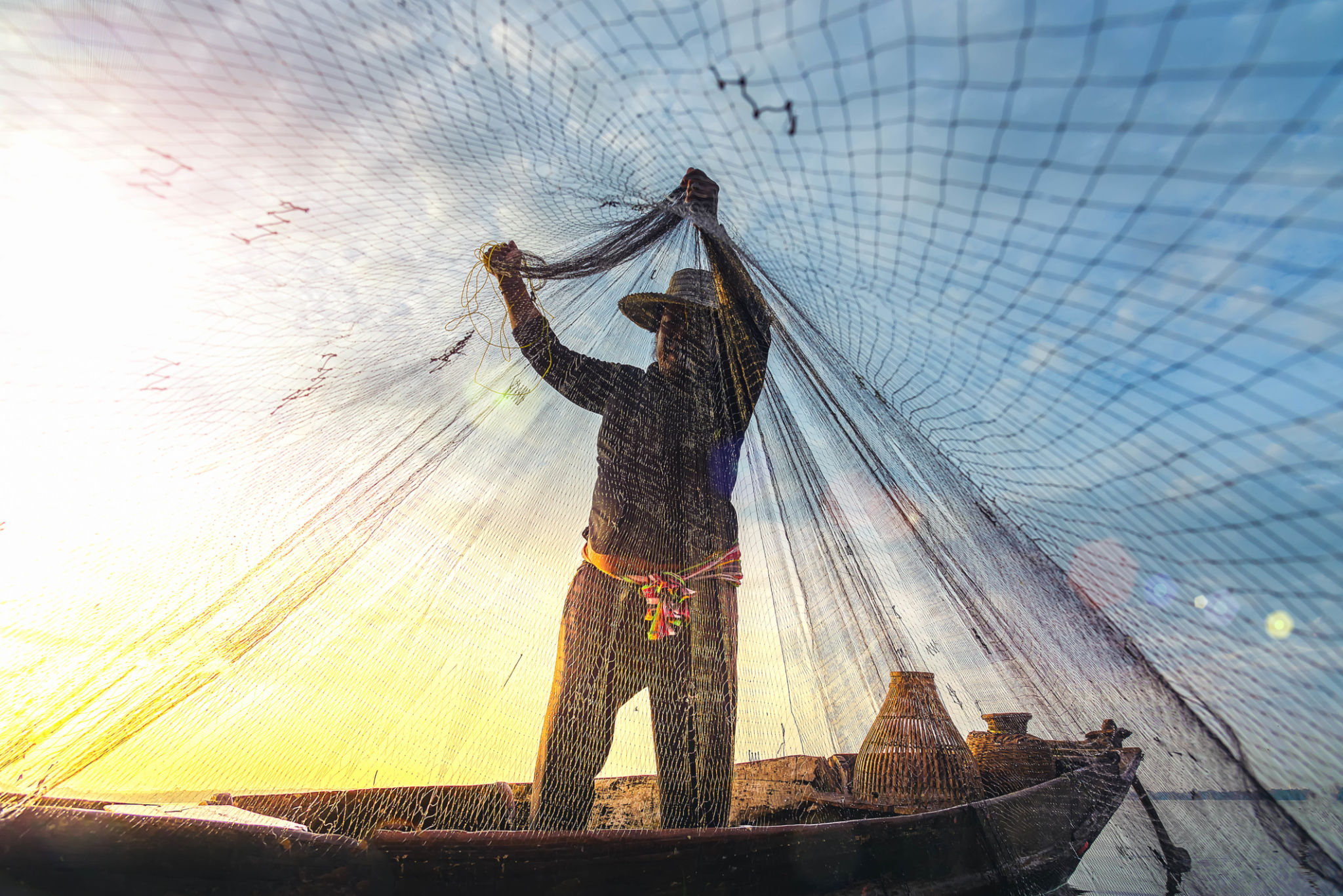Comparing Fishing Techniques: What Works Best for Different Environments
Understanding Different Fishing Techniques
Fishing has been a vital activity for sustenance and recreation for centuries. With the evolution of technology and techniques, anglers now have an array of methods to choose from. Understanding which technique works best for different environments can make a significant difference in success rates.
Whether you're fishing in freshwater lakes, rivers, or the vast ocean, selecting the right technique can enhance your experience. This guide will explore various fishing methods and how they align with specific environments to help you make informed decisions and improve your catch rate.

Freshwater Fishing Techniques
Freshwater environments such as lakes, rivers, and ponds offer unique challenges and opportunities for anglers. Common techniques include:
- Bait Fishing: Using live bait is a classic method ideal for targeting species like bass, trout, and catfish. It's effective in still waters of lakes and slow-moving rivers.
- Fly Fishing: Popular in rivers and streams, fly fishing involves using artificial flies to mimic natural prey. It requires skill but is highly rewarding for catching species like trout and salmon.
- Spin Fishing: Utilizing spinning reels allows for long casts and is versatile for many freshwater fish species. It works well in both rivers and lakes.
Each of these techniques has its merits, and choosing the right one depends on the target species and water conditions.

Saltwater Fishing Techniques
Fishing in saltwater environments like oceans and seas presents different challenges due to the vastness and variety of marine life. Techniques such as:
- Deep-Sea Fishing: This involves fishing in deep waters far from shore, targeting large species like tuna and marlin. It requires specialized equipment and knowledge.
- Surf Fishing: Casting from the shore or beaches targets species like striped bass and redfish. It's accessible for many anglers without needing a boat.
- Trolling: A method where lines are drawn through water by a moving boat. It’s effective for catching a variety of species like mackerel and kingfish.
The choice of technique in saltwater fishing often depends on the location, target species, and personal preference.

Matching Techniques to Environments
Understanding the environment is key to selecting the most effective fishing technique. For instance, in shallow freshwater areas, fly fishing may work best due to the clarity and flow of water. Conversely, in deep lakes, bait fishing might be more successful due to the depth at which fish reside.
In ocean fishing, factors like tides, currents, and weather conditions greatly influence which techniques will yield results. Surf fishing can be particularly effective during incoming tides when fish move closer to shore.
Adapting to Environmental Changes
It's important to remain adaptable as environmental conditions can change rapidly. Weather shifts can affect fish behavior, making some techniques more effective than others at different times. For instance, overcast days may favor bait fishing due to reduced visibility under water.
Additionally, seasonal changes can influence fish migration patterns and availability, requiring anglers to adjust their strategies accordingly.

Conclusion
Whether you're a seasoned angler or a beginner, understanding the intricacies of different fishing techniques and their suitability for various environments is crucial for success. By aligning your approach with the specific conditions you face, you can increase your chances of a fruitful outing.
Remember, each technique has its strengths and learning when and where to apply them will enhance not only your catch but also your overall fishing experience. Happy fishing!
